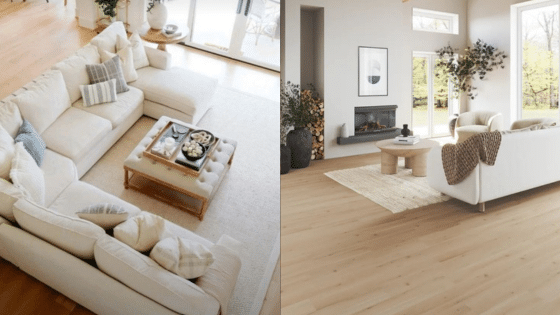Living with a disability can dramatically reshape how you approach everything—from your physical environment to your financial well-being. Whether your disability is the result of a sudden health event or a progressive condition, the cost of maintaining a stable, fulfilling life often rises while income becomes more fixed. For individuals receiving long-term disability benefits, it’s crucial to understand how cost-of-living adjustments or long term disability COLA may factor into your financial planning. Designing a life that works for you isn’t just about adapting your home—it’s about creating a sustainable framework that supports your well-being and dignity.


The True Cost of Living with a Disability
The everyday expenses of someone living with a disability often go well beyond rent and groceries. Specialized equipment, transportation modifications, home health aides, and ongoing medical care can drastically increase monthly costs. At the same time, many individuals face a reduced or fixed income because they cannot work full-time. This imbalance can lead to significant stress and make financial planning a critical component of designing a manageable lifestyle.
Unfortunately, public understanding of these financial realities remains limited. Many people underestimate the long-term costs associated with a disability, which can lead to inadequate benefits and support. This makes it even more critical for those affected to advocate for themselves—through both legal and financial avenues—to ensure their income reflects the actual cost of living.
Designing Your Space to Support Daily Life
Creating a home environment that supports your physical and emotional needs is foundational when living with a disability. This might mean incorporating accessible design elements such as wider doorways, grab bars, adaptive furniture, or smart home devices that reduce strain and increase independence. But more than that, it’s about designing a space that makes you feel calm, empowered, and safe.
Even small changes—like rearranging commonly used items to be within easy reach or switching to softer lighting—can significantly reduce daily friction. And for many people, reducing visual and physical clutter is key to maintaining a sense of control. Your home should feel like a partner in your life, not a barrier.
The challenge, of course, lies in the cost of these modifications. Adaptive renovations can be expensive, and insurance may not always cover them. This is why financial literacy—particularly around what your long-term disability benefits should include—is so vital.
Financial Advocacy: Understanding Long-Term Disability COLA
If you’re receiving long-term disability (LTD) benefits through an employer-sponsored plan or a private policy, one of the most essential terms to understand is COLA—Cost of Living Adjustment. Without COLA, your monthly benefit stays the same even as inflation drives up the cost of goods, services, and housing. Over time, this erodes your buying power and may leave you unable to cover even basic needs.
Some LTD policies include an automatic COLA clause, while others do not. In cases where the policy is unclear or improperly administered, it may be necessary to work with a legal expert to review your plan and advocate for appropriate adjustments. Understanding your rights and taking action when those rights are overlooked is a critical step toward designing a life that truly works for you.
The Maddox Firm’s guide to the cost-of-living disability provides an excellent overview of how COLA provisions should work and what steps to take if your benefits don’t align with rising expenses. For many, this knowledge becomes the foundation for both peace of mind and financial security.
Building a Sustainable Life Beyond Survival
Designing your life around a disability shouldn’t mean giving up on joy, creativity, or ambition. Rather, it means recalibrating your approach to prioritize energy, comfort, and financial stability. This could involve working with a financial planner familiar with disability income, finding community programs that offer grants or assistance, or simply rethinking what “productivity” and “success” mean to you in this new chapter.
Mental health also plays a significant role in this process. Chronic financial stress can quickly turn into emotional burnout, especially if you feel your needs are invisible or dismissed. Surrounding yourself with a supportive team—whether that’s family, advocates, professionals, or peers—can help you stay informed, connected, and hopeful.
Ultimately, designing a life that works for you is a dynamic process. It requires both adaptability and assertiveness: the willingness to make changes that improve your daily experience, and the strength to push back when systems fail to meet your needs.
Conclusion
Living with a disability redefines how we think about space, finances, and quality of life. But with informed choices, practical design, and financial advocacy, it’s possible to build a lifestyle that promotes autonomy and well-being. Understanding your rights, especially when it comes to long term disability COLA, is a powerful tool in this journey. You deserve a life that isn’t just survivable—but sustainable, empowering, and uniquely yours.
- 2shares
- Facebook0
- Pinterest0
- Twitter2
- Reddit0













